Against the odds of acquiring high-priced auto-everything prime lenses for my 2x crop-sensor mirrorless interchangeable lens camera (ILC), I am looking, instead, at legacy manual focus primes with a similar or a near-to-focal length equivalent as alternate options.
This is on prudence that I am not spending too much or being too lavish with my hardware acquisition.
While I might lose out on the automation and updated technology that current digital camera lenses may have, this tried and tested alternative has proved to be popular and prevalent among enthusiasts. On the supply side, legacy manual focus prime lenses are always easily available, some at very low prices, from camera and photo outlets, online stores, or auction sites.
Besides the lens, the other item required for the adaptation is a lens adapter, a non-electrical or mechanical joint to fit the lens to the camera body. The form factor is a simple connector with the lens brand mount on one side and the camera brand body mount on the other. These are also readily available at very affordable prices on the market.
Manual 35mm Lenses with Mirrorless Cameras
Mirrorless camera design has had a big impact on the way we take pictures. The original thing that attracted me to mirrorless was the idea of being able to g...
 |
| Olympus Pen E-P5, Yashica ML 28mm F2.8 |
Manual focus lenses are good options and advantageous when used, among others, for focusing in low-light conditions, for directed focusing on image compositions, and for precise control in macro or portraiture photography.
These lenses are equally adept when used with settings for zone or hyper-focal distance in street or landscape photography.
For use on my age-old 2x crop-sensor mirrorless ILC, the Olympus Pen E-P5, these are the 3 favorites, adapted for use as an almost standard normal, short telephoto, and macro photography.
Yashica ML 28mm F2.8
Almost A Standard Normal
The Yashica ML 28mm F.2.8, a wide-angle prime lens for 35mm SLR film cameras with a Contax/Yashica mount, is undoubtedly one of the sharpest lenses in my collection. On the Pen E-P5, the lens converts to almost a standard normal prime with a focal length equivalent to a 56mm full-frame lens.The standard normal, a prime lens with a focal range from 40-55mm and a fast aperture, is often referred to as the 'nifty-fifty' for a full-frame 35mm camera, so-called for its almost true-to-life perspective capture.
With its great colors and contrast rendition, the Yashica ML 28mm F2.8 is the one for the 'punch' when called for contrasty images that stand out. Acknowledgments about the lens include
excellent sharpness, picture depth, an almost total absence of vignetting, and excellent correction of distortion.
Fitted to the E-P5 with an adapter, the lens does have a slight bulk. By itself, the 7-element in 6-groups lens weighs 250 grams and has a dimension of 61.5 x 41.5 mm.
Minolta MD 45mm F2
The Choice for A Short Tele
When adapted to the 2x crop-sensor Pen E-P5, the Minolta MD 45mm F2, a fast normal lens for a 35mm SLR film camera system with Minolta SR (MD, MC) mount, is the equivalent of a 90mm focal length on a full-frame 35mm camera.The focal length is just a wee bit longer than the highly recommended 85mm short telephoto lenses, which are the doyen for low-light and portraiture photography, good compression, and bokeh, and have also been known for being the standard prime of a few professionals.
The mostly plastic-bodied Minolta MD 45mm F2, well respected for its accurate color reproduction, though with a bit of muted contrast, does come with a sense of pleasing bokeh when shot wide open. The lens is a very compact six-element in a five-group design, measuring only 41mm and weighing 125 grams.
On the E-P5, even with a third-party lens hood attached (rather a savvy looker if you are interested in looks), the lens is a delight as it comes without the bulk and the weight that you might want to stigmatize with the use of a vintage or legacy all-metal and glass lens.
Zuiko OM 50mm F3.5 Macro
For Macro Photography
The lens is a compact 5-element in 4-groups construction, 40mm deep, 200 grams in weight, and incorporates a floating element design for close-range optical correction.
The lens is capable of being focused all the way from infinity to its closest focusing distance of 0.23m without any physical attachments. The reproduction ratio is 0.5X (1:2 reproduction ratio).
The combination of the lens and the OM Adapter MF-2, when fitted to the E-P5, is snug and compact, providing a nice fit. The seemingly correct bulk and balance make it comfortable when the camera is used handheld, handy on the tripod, and pleasant to work with.
One up for the Zuiko OM system lenses is the availability of a set of 3 Olympus OM bayonet mount extension tubes, which provide approximately 7, 14, and 25 mm of extensions each when mounted to a lens. Functionally, these extension tubes let you get closer to the subject, even when used with a macro lens, increasing the scale of the reproduction ratio.
The 25mm extension tube, for example, when used with the 50mm F3.5 Macro, will give a 1:1 (life-size) reproduction. As an added bonus, these extension tubes will add a whole range of versatility to the lens system without the need to add more lenses.
These extension tubes can be used either on their own or combined for up to seven different extension lengths with any of the Zuiko OM standard lenses. On the distress level, these extension tubes can be replaced by low-priced third-party options, which will provide you with similar but not necessarily optimal performance satisfaction.


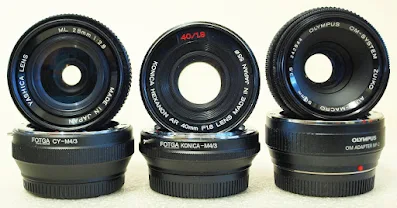
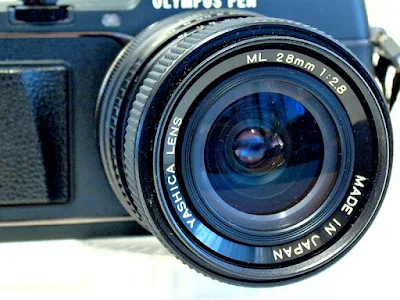





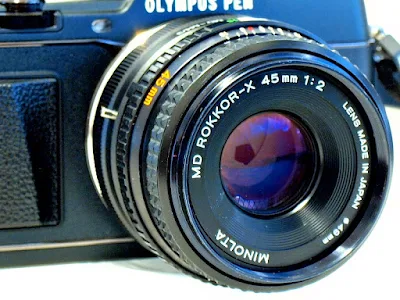

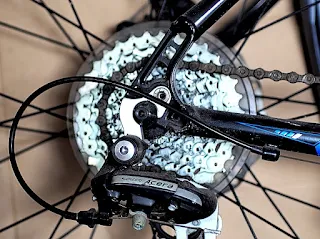


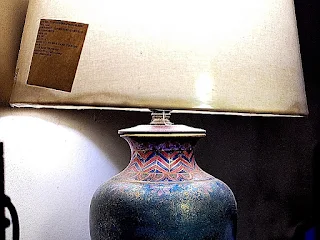
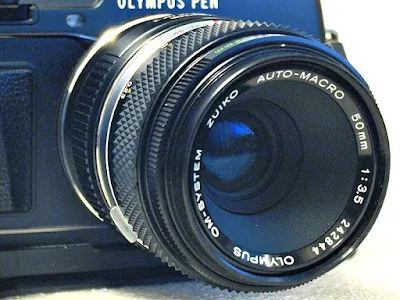



















No comments:
Post a Comment